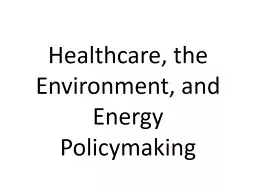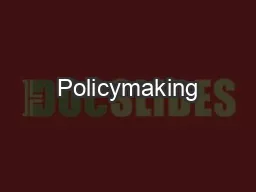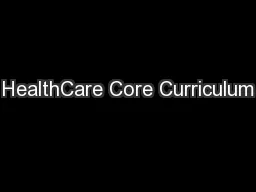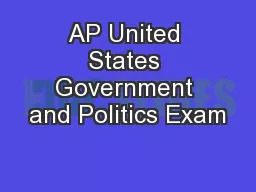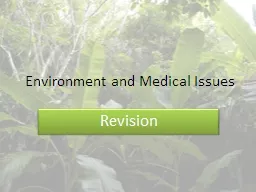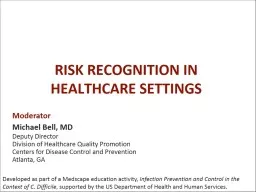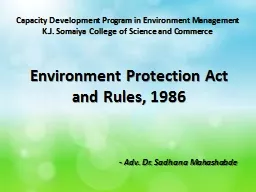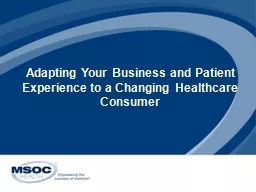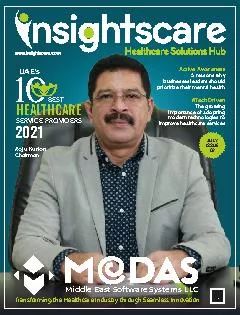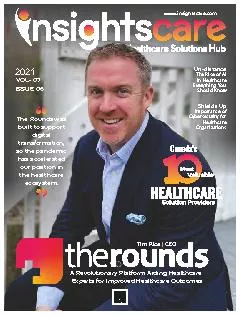PPT-Healthcare, the Environment, and Energy Policymaking
Author : SweetiePie | Published Date : 2022-08-01
Healthcare Key indicator Infant Mortality Life Expectancy US spends more as a of GDP than any other nation 17 How do we do Why So Expensive Overbuilt medical
Presentation Embed Code
Download Presentation
Download Presentation The PPT/PDF document "Healthcare, the Environment, and Energy ..." is the property of its rightful owner. Permission is granted to download and print the materials on this website for personal, non-commercial use only, and to display it on your personal computer provided you do not modify the materials and that you retain all copyright notices contained in the materials. By downloading content from our website, you accept the terms of this agreement.
Healthcare, the Environment, and Energy Policymaking: Transcript
Download Rules Of Document
"Healthcare, the Environment, and Energy Policymaking"The content belongs to its owner. You may download and print it for personal use, without modification, and keep all copyright notices. By downloading, you agree to these terms.
Related Documents

